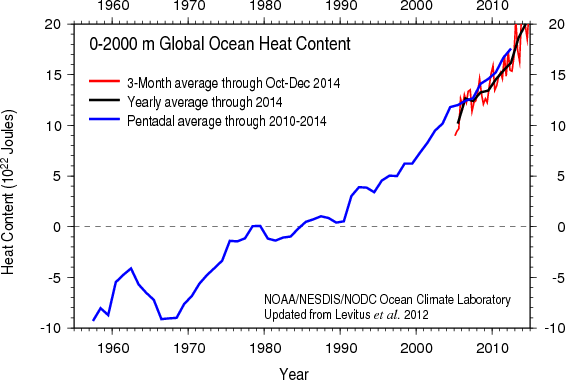 |
| The prize-winning quince Photo by E. B. Klassen CC BY-SA |
I've had a bit of luck recently and come into possession of about 4 kilos (10 pounds) of quince. This has meant that I can do a bit of experimenting with new recipes above making some quince jelly.
Quince likes to be cooked--in fact, without it, quince is almost inedible. It's like medlars in that way. Medlars need to be bletted, quince really need to be cooked. I found a recipe for "rosy poached quince" that I decided to try. It involves simmering the quince in a poaching liquid for at least an hour, during which the quince go from white, hard, fibrous pieces of fruit to a beautiful red, soft morsel.
I got the poaching liquid ready and peeled and cut up the quince. Peeling's easy, but the coring and cutting is a bit harder. Quince, before cooking, are pretty tough. I saved the peels into a small pot, covered them with water an set them to boil and then simmer for an hour, while the fruit went into the poaching liquid. Quince are very high in pectin, so the thinking was to extract both pectin and flavour from the peels while preparing the fruit.
The other recipe I really wanted to try was for slow-roasted quince. Technically, this is braised quince, because you're cooking them in a moist environment. And you slow-roast them for five to six hours. I started both batches in the morning, so the poached quince was something to try for lunch, while the slow-roast was clearly for dinner.
Because the poached quince can and do keep for a week in the refrigerator, the volume of prepared quince wasn't daunting. We had some poached quince for lunch, and then had three or four dinner deserts out of them over the subsequent week. And they were excellent. Quince are delicious and have a lovely scent, so keeping a close rein on spicing is important. I added a couple of allspice berries and a clove to the poaching liquid, and didn't find them necessary at all.
The slow-raost quince have an apple grated over them to help keep thedm from drying out in the oven. I used an Ambrosia, which worked well. Crisp enough to grate well; almost flavourless, so it didn't interfere with the flavour of the quince; and moist enough to keep the quince from drying out.
The braising liquid from the slow-roast quince was added to the liquid saved after boiling the peels, and a bit of the poaching liquid was also tossed in the pot. I broaght it up to a boil, simmered it until the volume was reduced by about 30%, and then jarred the result. This has given me a beautiful, deep red quince jelly. And with the high pectin content, nothing had to be added to jell it. In fact, quince is often used as a jelling agent for other fruit.
We had guests in this weekend, and to amuse their palates, I put a small amount of quince jelly on a cracker, added a bit of liver pâté on top, and topped it with an unknown herb cheese.* The sweet floral of the quince jelly pairs extremely well with the savoury of the pâté.
The braising liquid also worked well as a drink vinegar. A small amount in a glass then filled with carbonated water was delightful. Next up: Membrillo.
*This came from the remains of a cheese brought back from Amsterdam, passed on to my Significant Other's aunt, who passed it on to us. It's insanely good, creamy and toothsome with a wonderful flavour, and we have no idea what it's called or how to get more.



















.jpg)




